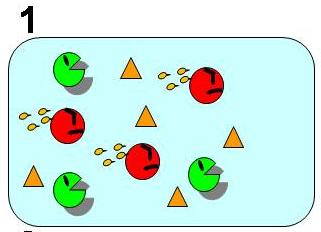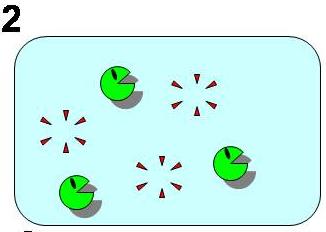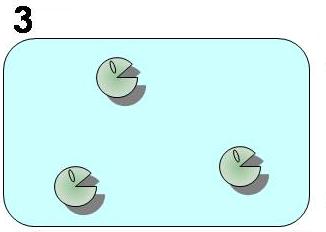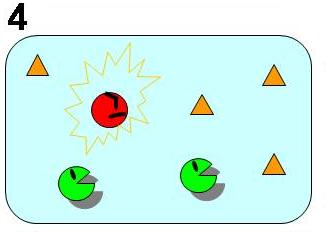Tokyo/Model
From 2007.igem.org
(Difference between revisions)
(→Balanced Redifferentiation of E. coli !) |
|||
| Line 4: | Line 4: | ||
==Balanced Redifferentiation of E. coli ! == | ==Balanced Redifferentiation of E. coli ! == | ||
| - | ''' To follow [[Tokyo/Concepts|Pareto’s principle found in an ant society]], our model system must satisfy the three conditions shown in Fig. 1 to 4. In our model, all individual cells have the same genetic circuits but take either of stable state A (worker) or B (idler) depending on the surrounding circumstances as if they | + | ''' To follow [[Tokyo/Concepts|Pareto’s principle found in an ant society]], our model system must satisfy the three conditions shown in Fig. 1 to 4. In our model, all individual cells have the same genetic circuits but take either of stable state A (worker) or B (idler) depending on the surrounding circumstances as if they DIFFERENTIATE. They also change their states as if they DEDIFFERENTIATE and REDIFFERENTIATE so that the ratio of the two cell states is well balanced. |
<!--''' ([http://en.wikipedia.org/wiki/Pareto_principle What is Pareto's principle? (Wikipedia)])--> | <!--''' ([http://en.wikipedia.org/wiki/Pareto_principle What is Pareto's principle? (Wikipedia)])--> | ||
---- | ---- | ||
Latest revision as of 03:46, 27 October 2007
Abstract Concept & Model Requirements Genetic_circuit Works About_our_team
Balanced Redifferentiation of E. coli !
To follow Pareto’s principle found in an ant society, our model system must satisfy the three conditions shown in Fig. 1 to 4. In our model, all individual cells have the same genetic circuits but take either of stable state A (worker) or B (idler) depending on the surrounding circumstances as if they DIFFERENTIATE. They also change their states as if they DEDIFFERENTIATE and REDIFFERENTIATE so that the ratio of the two cell states is well balanced.
As shown in Fig. 1, 2, 3, and 4, the conditions of the system changes as follows:
Bistable state ⇒ The removal of A (worker) ⇒ Dedifferentiation of B(idlers)⇒ Balanced Redifferentiation into A and of B



